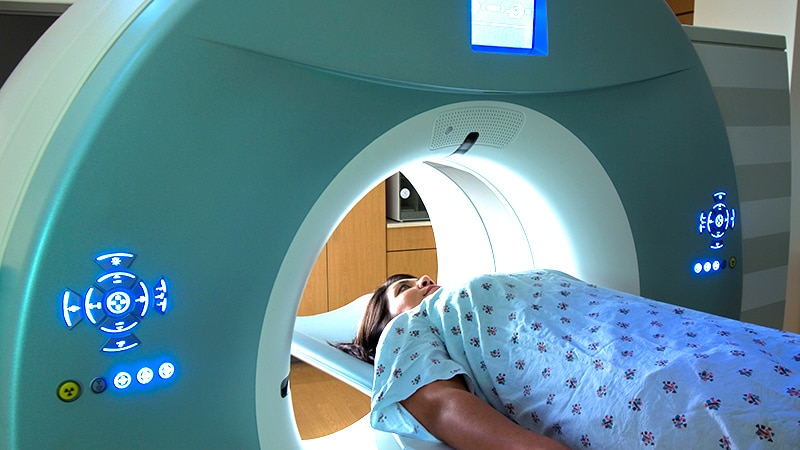New data suggest the use of digital breast tomosynthesis (DBT) in the NHS Breast Screening Programme could reduce the benign biopsy rate while maintaining the cancer detection rate.
The prospective single institution study included 827 women aged over 50 years, who underwent screening full-field digital mammography (FFDM) or screening breast MRI between November 13, 2015, and July 29, 2016, and were recalled for triple assessment. Mammography was performed at the screening appointment and DBT was carried out at a screening assessment within the next three weeks.
During the study period, 30,933 women underwent FFDM and 1470 women were recalled (recall rate 4.8%). Among 827 participants meeting the inclusion criteria, 145 breast cancers were detected (142 with FFDM, two with DBT only, one with surveillance MRI).
Screening assessment without DBT resulted in 571 biopsies being performed and 142 cancers being detected. Positive predictive value (PPV) for screening assessment without DBT was 24.9% (142 of 571).
Use of DBT in the screening assessment of the same group of women would have resulted in only 298 biopsies because of a mammographic or ultrasound abnormality, with 142 cancers identified. Use of DBT in screening assessment resulted in avoidance of 273 biopsies and led to a higher PPV of 47.6% (142 of 298). The specificity significantly differed between the two approaches, with DBT assessment achieving higher specificity (77.5%) than FFDM assessment (38.2%).
The study results suggest there is a role for DBT in the national breast screening programme.



